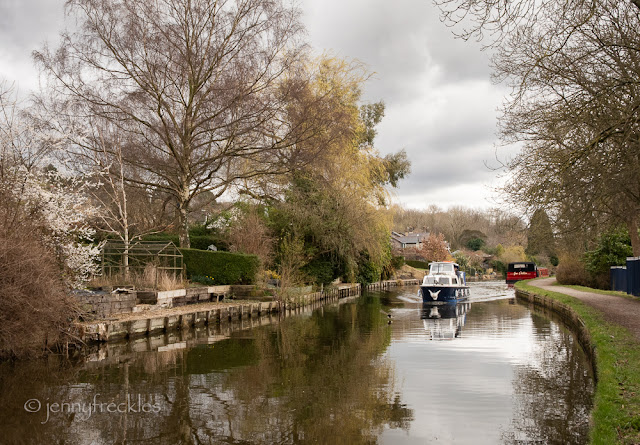At the moment there are several intriguing exhibitions running concurrently at The Hepworth. One is 'Forbidden Territories: 100 Years of Surreal Landscapes'. I'm not generally a huge fan of surrealism but a couple of the works stood out for me, mainly because of the wonderful colours. Nicolas Party's 'Landscape 2022', soft pastel on linen (above), sings with stunningly rich colour.
I also loved the way Max Ernst's darkly ominous painting: 'Cage, Forest and Black Sun' (1927) was displayed against another bright pastel by Nicolas Party. A very interesting juxtaposition. In fact, the whole staging of this exhibition is incredible.
There were some rather lovely ceramics: Yellow Undulating Angular Bowl (2022) by Ashraf Hanna looked for all the world like a soft felt creation, very clever:
Ursula Morley-Price's 'Winged Vessel' (1985) was just delightful. The artist was actually born in 1936 but the Hepworth's label said 'born 1986', which would make this the most amazing creation by any foetus in existence!
Finally, a Manchester-based artist, Louise Giovanelli (b 1993), has an exhibition titled 'A Song Of Ascents', with some large-scale, shimmering works - curtains (as found in working men's clubs and theatres across the UK), locks of lustrous hair and the reflective surface of glassware. Not sure I really warmed to these but they were certainly eye-catching. I did enjoy the way they were reflected in the polished concrete floor.






















































